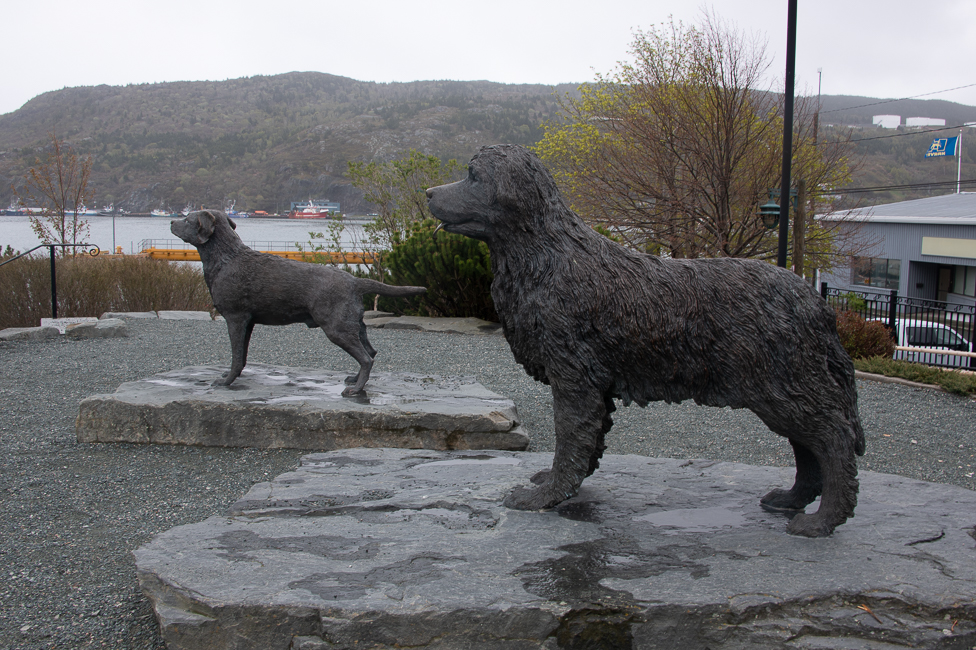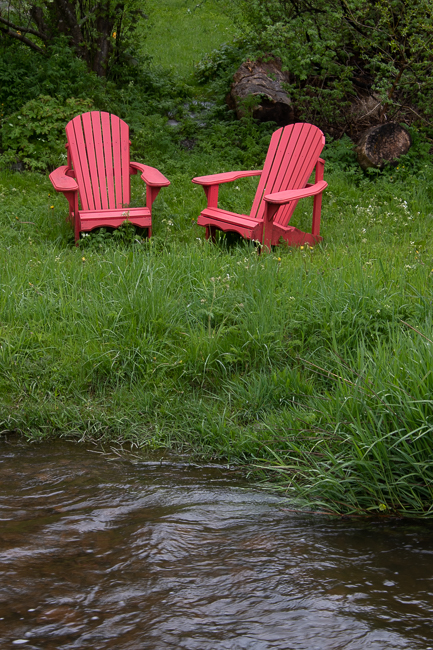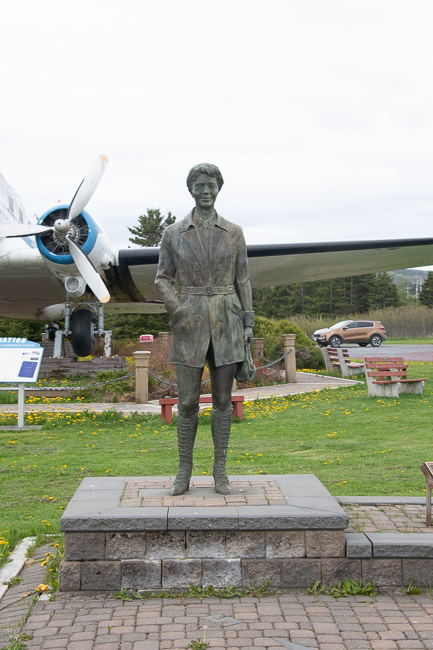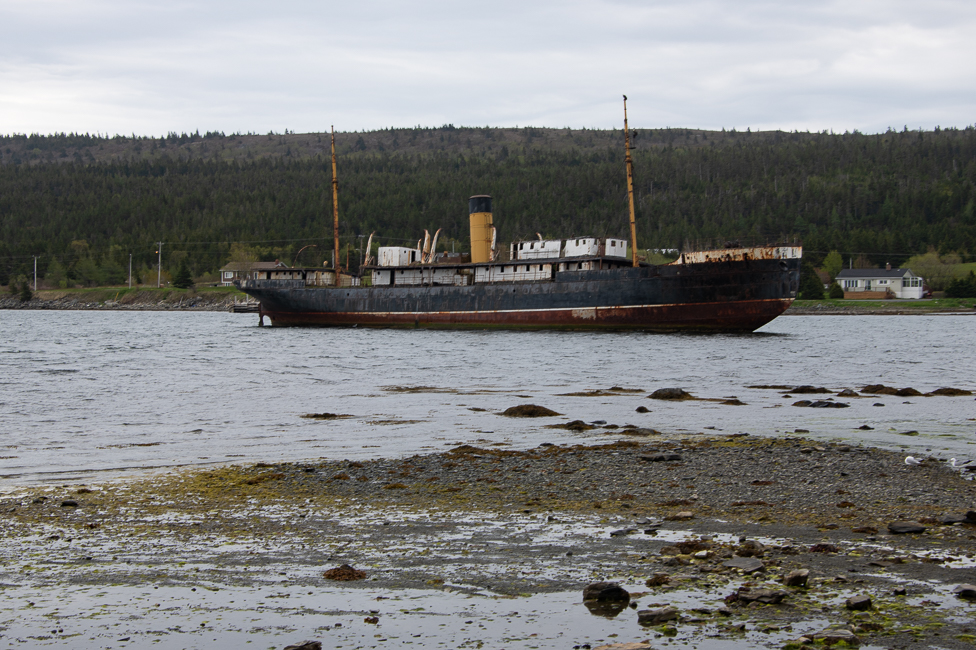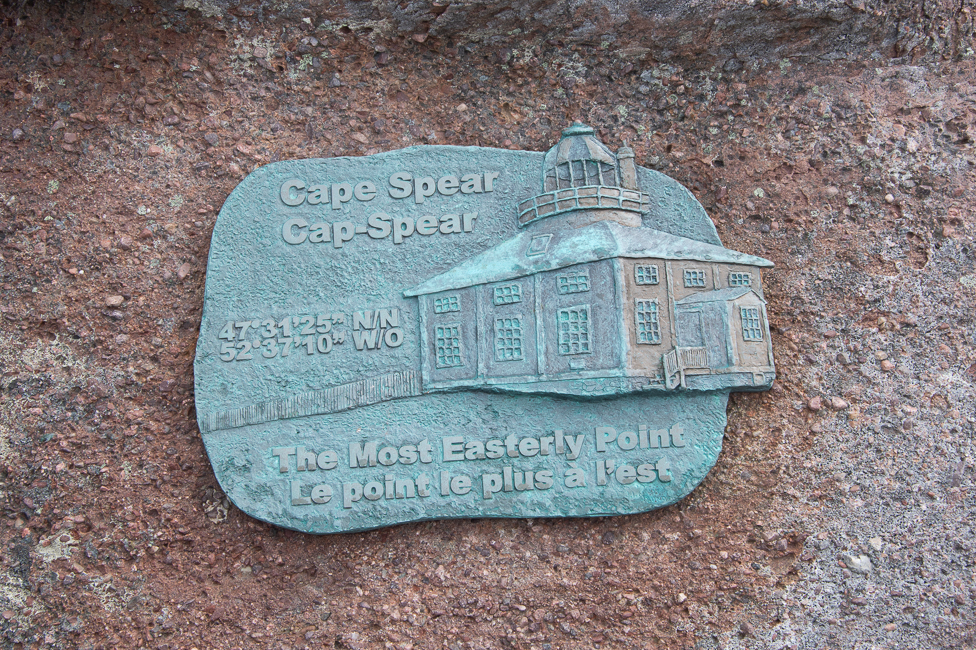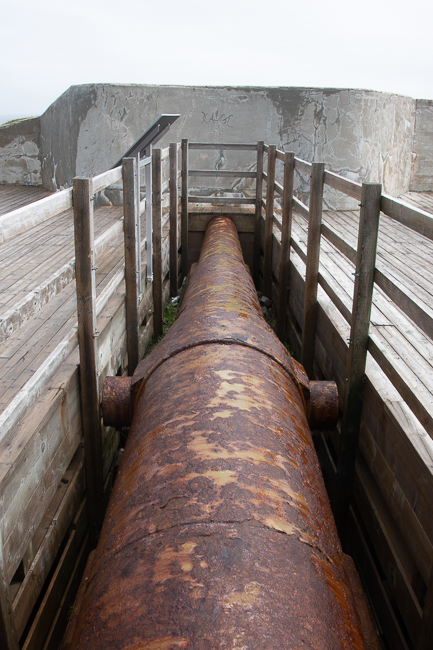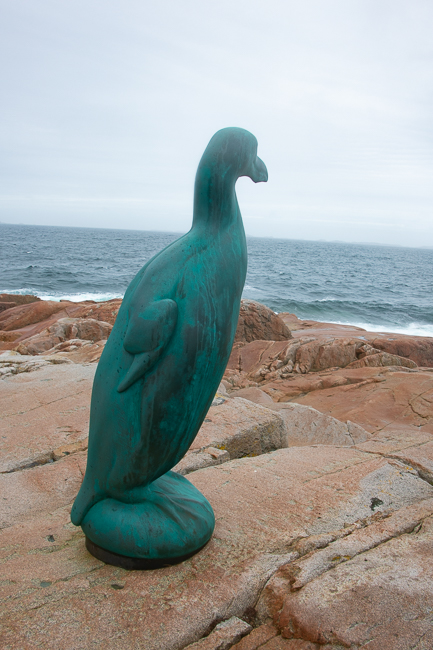June 2022
There are always things I see that don’t fit in a specific post, so here we go with some fun things.
I love dogs, but I will admit I know very little about them, so the education I received when admiring these two was edifying.
Nobody knows the origins of the Newfoundland. They most likely came to Newfoundland with fisherman. The Newfoundland dogs from here have a large head, a double-layered waterproof coat, webbed toes, and a large tail to act as a rudder when they swim.
The Labrador is descended from the Newfoundland, but was mated with English Setters and Pointers to strengthen their gaming capabilities.
Rennie’s River runs through St. John’s. Where the houses backed up to the river, people made gorgeous spots to sit and relax. Their is a very nice path that follows the river.
Earhart began her “challenge the Atlantic” from an airstrip in Harbor Grace. While all manner of problems occurred on the flight, and she was not able to get as far as Lindbergh, the flight did establish Earhart as the first woman to fly solo across the Atlantic.
In the cove just behind Amelia is the S.S. Kyle. It was built in Newcastle-on-Tyne, England, by Swan Hunter and Wigham Richardson from 1912-13. The boat arrived in St. John’s on May 20, 1913, for coastal service.
In 1961 she was converted into a sealing ship, bringing sealers to the ice floes. On one of those trips the ship was damaged and tied up for repairs. Then in 1967, a storm and strong northeast wind blew the Kyle from its moorings, carried her to the mussel bank in Riverhead, Harbour Grace, where she has remained ever since. The Newfoundland government purchased the Kyle for $4,000 in 1972, and is now lauded as a tourist attraction.
Cape Spear is the easternmost point in Canada and North America, excluding Greenland. It has a lighthouse and once served as a very important military post during WWII.
The canon’s have an interesting history. They are American, and were originally installed at Fort Mott, New Jersey in 1896. There they were placed at a battery on the Delaware River to protect the approaches to Philadelphia. In November 1941 they were transferred and installed at Cape Spear.
Auks were revered by Native Americans, but they were hunted by European colonists as a food source and for down feathers. Because of that the last great auk was sighted in 1852.
The sculpture was created by Todd McGrain, as part of his Lost Bird Project. It is facing towards another that was placed in Iceland, the last two places the Auks were seen.
And yes, of course I will go searching for the other one on Iceland.
